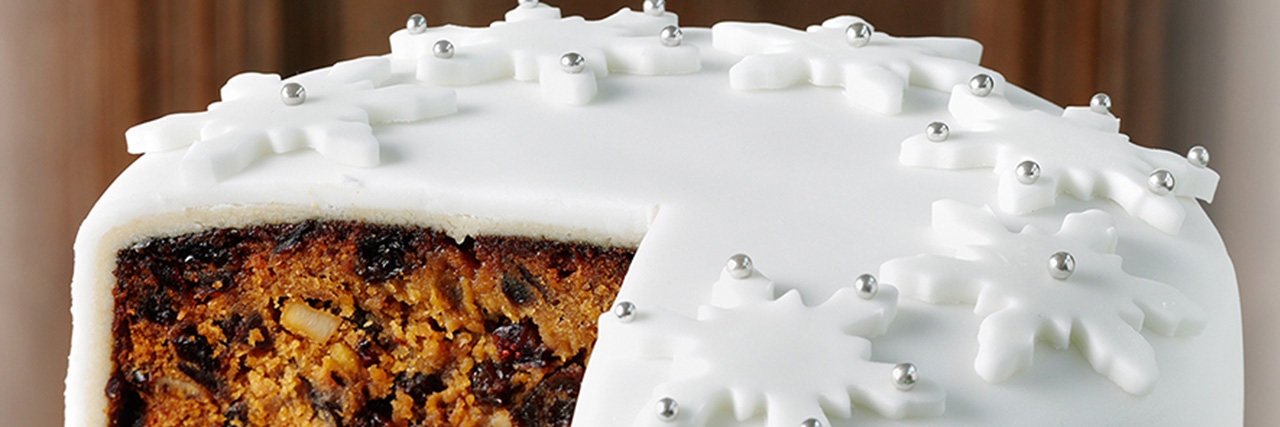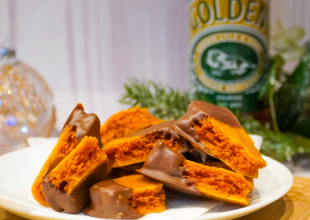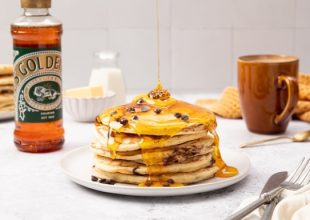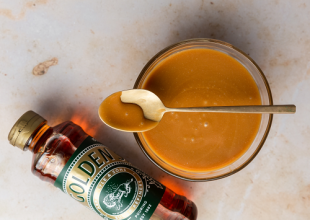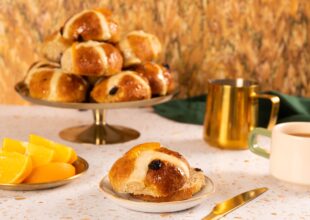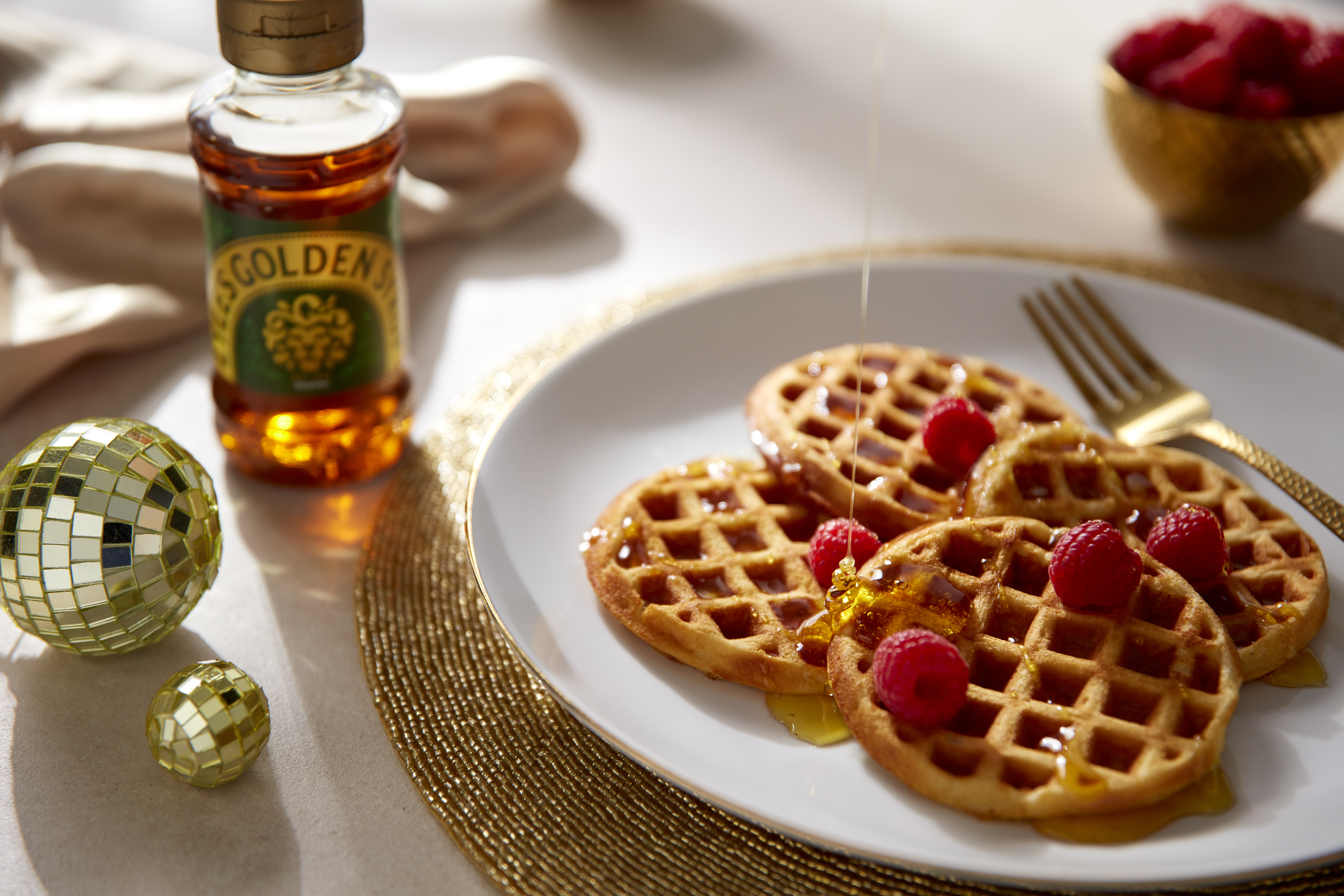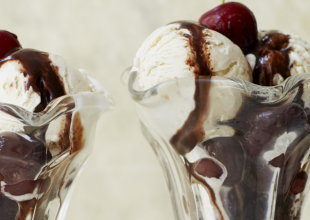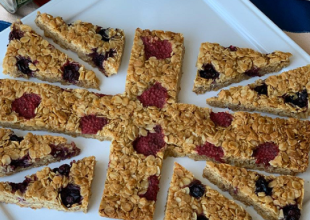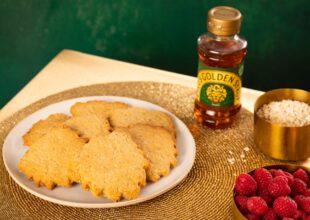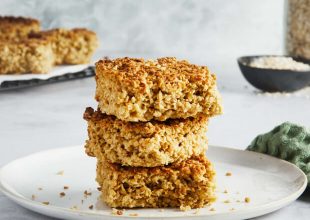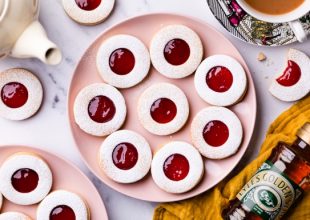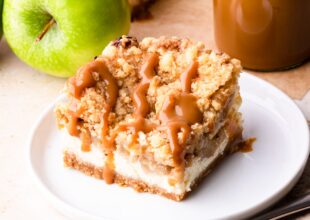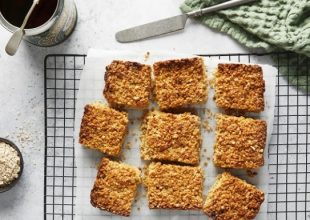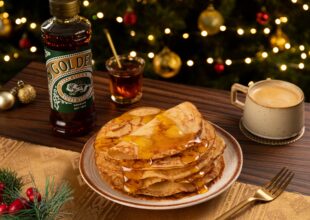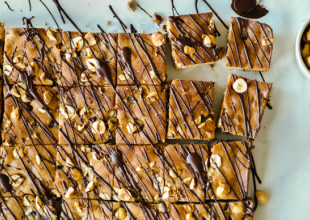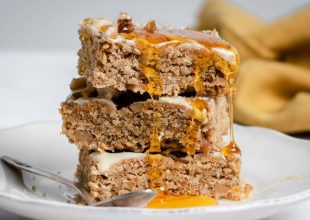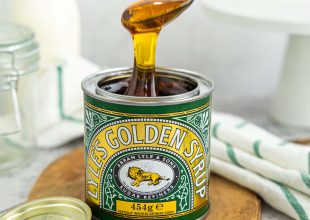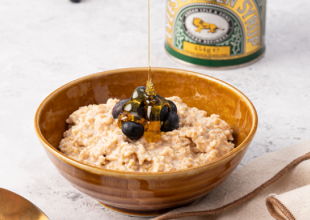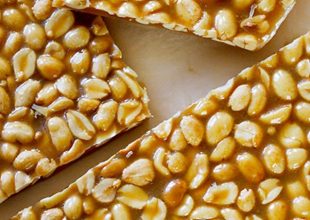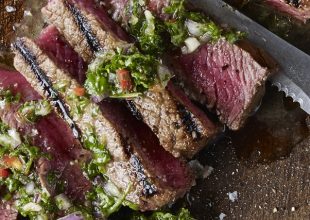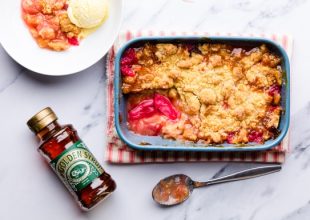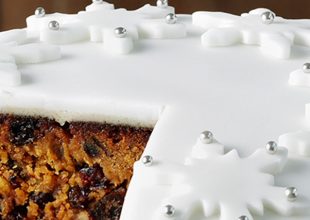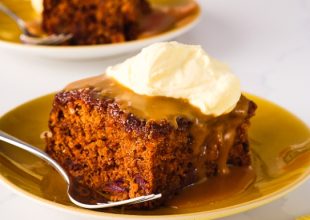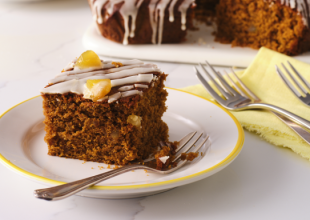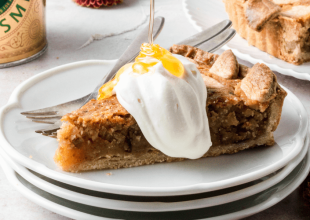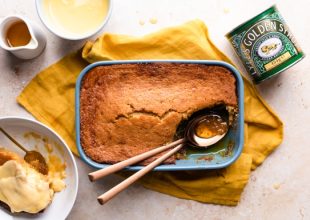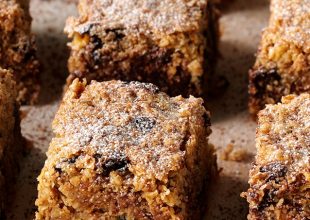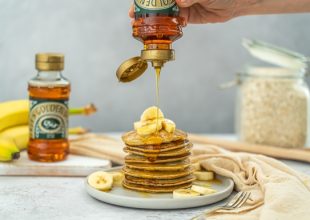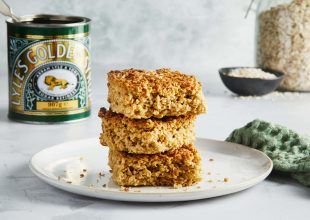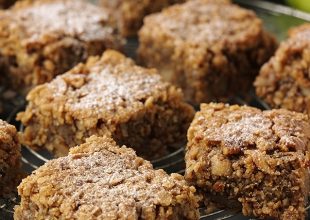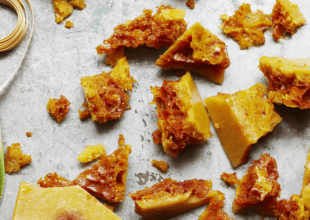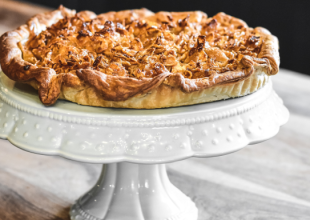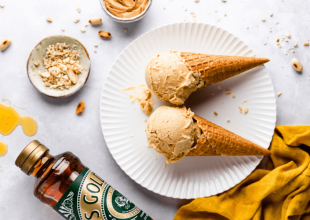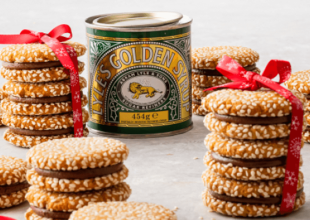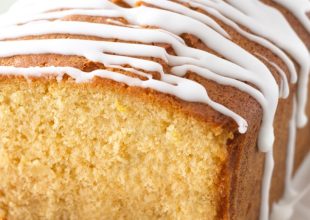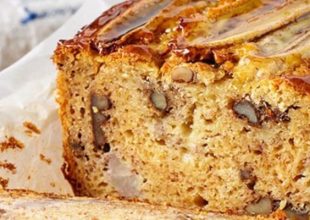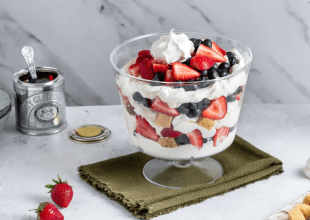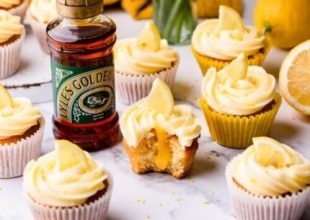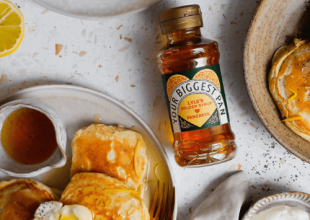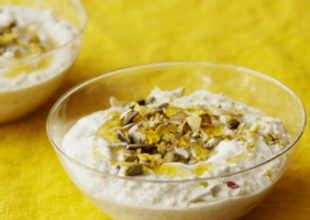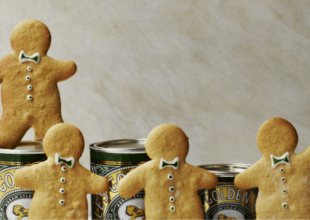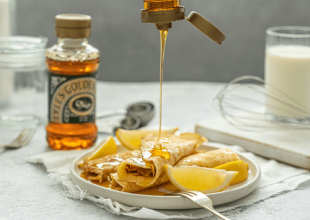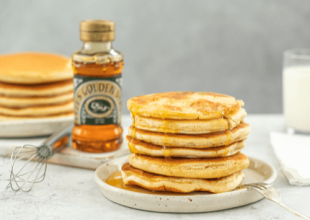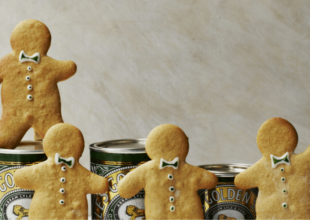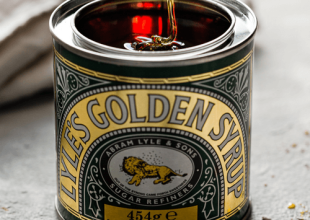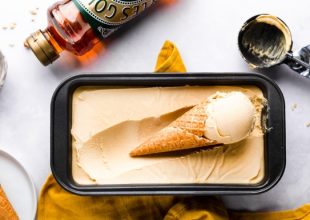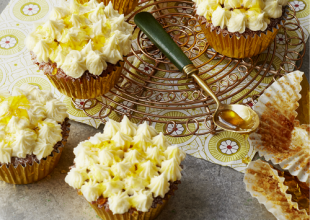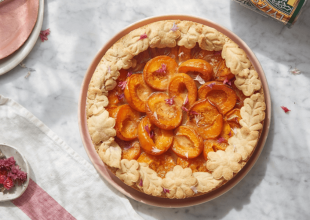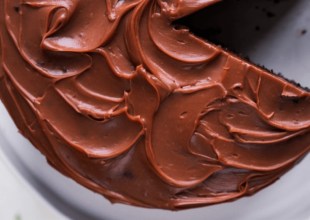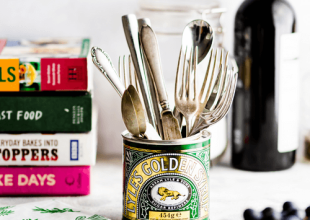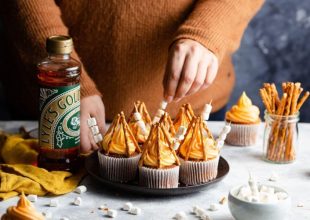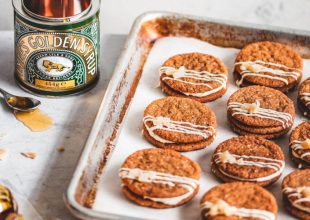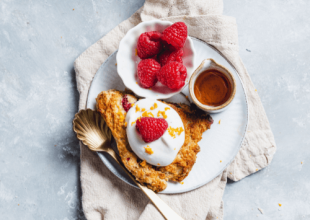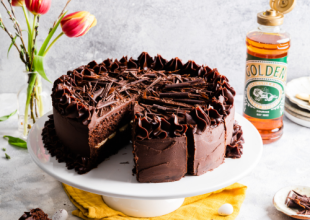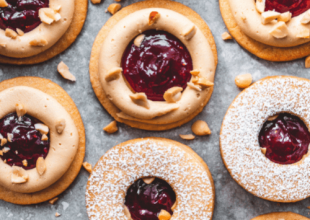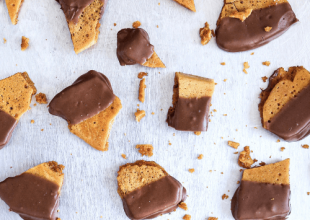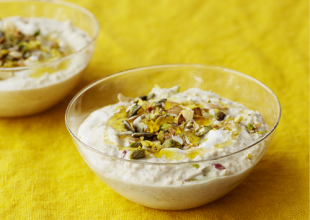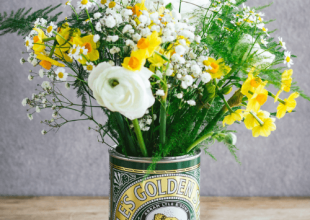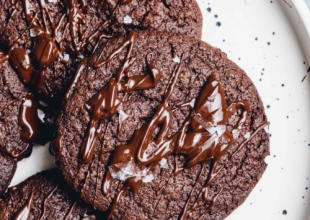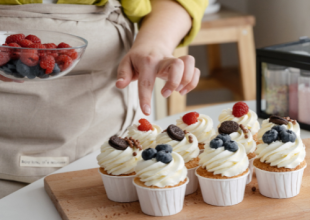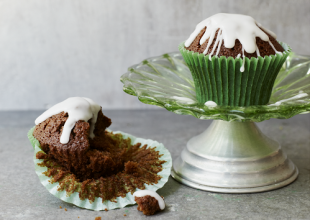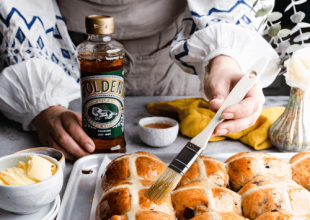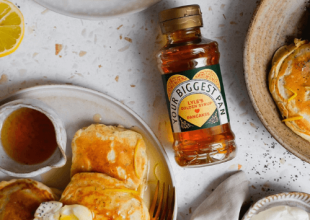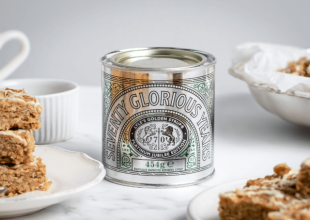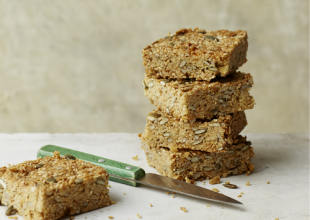The Secret to Perfecting our Holly Jolly Christmas Cake Recipe
‘Tis the season for a festive favourite that’s a cut above the rest – the beloved Christmas Cake! Far from being a daunting kitchen challenge, making your very own Christmas cake is easy – especially with our Christmas cake recipe! It’s a true labour of love that’s absolutely worth every whisk and stir.
In this article, unwrap the wonders of this festive treat and discover the answers to some of the most commonly asked questions.
A slice of Christmas cake history
Christmas cake didn’t start life as the rich, fruit-laden delight we know today. It began as a humble plumb porridge, a hearty meal created for people to eat after a day of religious fasting. As time went on, other fruits and honey were added, and it evolved into a pudding.
Fast forward to the 16th century, and the transformation into a more recognisable fruit cake begins. The oats were replaced by flour and eggs, and the introduction of imported spices from the East added a new depth of flavour, marking a significant turning point in the evolution of this festive treat.
Rich families could wrap their cakes in marzipan and adorn them with ornate royal icing decorations. It soon became fashionable to have large, beautifully iced Christmas cakes at festive feasts and celebrations to flaunt their wealth.
And here’s a festive fact – the term ‘Christmas cake’ wasn’t always used! Initially, this dessert was known as the ‘twelfth cake’, as it was used to celebrate the twelfth day of Christmas on the 5th of January.
However, as work schedules changed during the Industrial Revolution, this celebration shifted to concentrate more on Christmas Day. This shift in tradition naturally led to this beloved treat being renamed to ‘Christmas cake’.
Festive FAQs: Perfecting your Christmas cake
Don’t worry – our easy Christmas cake recipe is Santa-approved for maximum Christmas cheer! But before you tie your apron and preheat your oven, let’s explore the answers to some of the most asked questions.
What’s the difference between a fruit cake and a Christmas cake?
While Christmas cake and fruit cake may seem similar at first glance, a few key differences set them apart. The most notable distinction lies in the feeding process and the specific time of year they are served.
On the other hand, fruit cake is a more general term encompassing any dense, rich cake filled with mixed dried fruits, nuts, spices, and brown sugar. Unlike its festive counterpart, fruit cake isn’t tied to a specific season or holiday and is enjoyed all year round.
How long before Christmas should you make a Christmas cake?
Wondering when to make your Christmas cake? Well, that’s up to you. Some avid bakers bake their cake up to four months before the big day, feeding the cake with their chosen alcohol (either brandy, whiskey or sherry) every week, allowing it to mature and develop deep, rich flavours.
But if you’re working on a tighter schedule, you can also make your cake just a week in advance. Remember to feed your cake every two–three days to keep it moist and flavourful.
How do you feed a Christmas cake?
Feeding your Christmas cake is a crucial step in achieving a moist cake and the elf-tastic flavours we know and love.
All you have to do is gently poke holes in your cake with a skewer and drizzle about two tablespoons of alcohol over the top. These holes you created will help the cake absorb the alcohol evenly.
Once you’ve fed your cake, wrap it in foil or cling film and store it in an air-tight container, this will help keep it safe and sound while it matures.
Do you need black treacle in a Christmas cake?
While black treacle does add a deep, rich flavour and slightly sticky texture to traditional Christmas cake recipes, our recipe uses Lyle’s Golden Syrup. Here’s why our glorious golden syrup is a fantastic choice:
1) It adds a delectable caramel flavour that perfectly complements the dried fruits and mixed spice in a Christmas cake.
2) It helps keep the dried fruits plump and the cake moist, crucial for a scrumptious, melt-in-the-mouth experience.
3) The sweetness of golden syrup is an ideal match for the tartness of raisins, currants, sultanas and mixed peel.
Can you leave the Christmas cake mixture overnight?
Soaking the fruit in alcohol overnight is a wonderful way to enhance your Christmas cake’s flavours, helping to plump up the mixed dried fruit and create a moist cake.
To ensure the best results, use a large bowl and cover it with cling film to help lock in the moisture and prevent it from drying out. It’s also a good idea to put the mixture in the fridge, which will help slow down the fermentation process and prevent the fruits from becoming too sour.
How to decorate a Christmas cake?
Christmas cake is traditionally iced with marzipan and fondant icing. To begin, carefully place your cake on a cake board. Then, spread a thin layer of apricot jam over the cake and cover it with marzipan. Leave this to set and harden overnight.
The next step is to lightly brush the marzipan with water, which helps the fondant icing stick to the cake. Then carefully drape the icing over the cake, smoothing it down to cover it completely. Now, this is where the fun begins!
Use any leftover fondant icing and marzipan to create decorations. You can use cookie cutters to make festive shapes, like snowflakes or Christmas trees. Or, why not try your hand at sculpting your very own snowman or reindeer? Let your imagination run wild!
Yule be sorry if you don’t try our easy Christmas cake recipe!
Get ready to enjoy a slice of heaven and embrace the warmth of Christmas cheer. And remember, the key to a truly exceptional Christmas cake is Lyle’s Golden Syrup, the secret ingredient that elevates every bite.
Eager to get started? Explore our range of products and buy Lyle’s Golden Syrup to ensure your Christmas cake is nothing short of heavenly.

